Lost legacy
By Tom Toumazis
03-10-2014
It’s hard to believe that it is 10 years since Disney was at Mipcom preparing to market a number of shows that had generated a huge amount of buzz at the international screenings a few months earlier. Despite the successes of According to Jim, Scrubs and My Wife & Kids, buyers had become increasingly frustrated with Disney’s TV product over the previous decade. They were sceptical whether ABC had got its mojo back. But the pilots were the best Touchstone (now ABC Studios) had made. Disney had reasons to be cheerful.
Within the TV distribution industry, the wise and experienced will tell you that TV shows are a ‘miss business.’ Most pilots never make it to the screen and those that do are lucky to survive a season, let alone become a multi-season hit. So in 2004, when we showed up at Mipcom to see Grey’s Anatomy, Lost and Desperate Housewives, it seemed inconceivable that ABC – which had come only fourth in the network ratings the previous year – could successfully launch one show, let alone three!
But launch they did and the three shows became huge hits globally, without interactive TV, Twitter, Facebook or Netflix to help them along – imagine that! They all prevailed, inspite of a writers’ strike, and a two-year hiatus that broke the rhythm of Lost.
What worked and why has been well-documented, but credit to Disney and its team for their continued investment in writing, directing and acting talent; innovative marketing and promotion; a pioneering use of online video (gosh, remember webisodes!); and launching the shows globally as though they were Hollywood blockbusters.
Even though we all feared the threat of piracy, the industry did something about it, by changing the windowing model to release TV shows as close to the same day and date globally, and by introducing different pricing models to compete with the pirates.
When the 2008 financial crash came, a number of TV networks had their original programming budgets cut, resulting in schedules being filled with re-runs of shows and movies, with reality and gameshows filling the gaps left by expensive local and US first-run drama for a couple of years. After suffering a short-term blip, however, original scripted TV has gone from strength to strength – in spite of the collapse of the DVD window that had proved such a significant contributor to the business model.
But things continue to evolve. So what is different?
I guess the introduction of over-the-top (OTT) to the mainstream audience (with the help of smart TVs, mobile devices and faster broadband) has introduced a new set of competitors and increased consumer choice. Yes, OTT could have been a place where we all watched repeats of our favourite shows, replacing the need to buy DVD box sets. This might have been phase one of Netflix’s plan, but it’s certainly put the digital cat among the pigeons – while I expected there to be greater choice through OTT, I certainly didn’t predict the level of investment that Netflix (and others) would put into commissioning original programming. But Netflix – along with Hulu, Yahoo! and Amazon – all have a huge thirst for new, original, exclusive, long-running content.
I also didn’t foresee how the decision-making process for commissioning and buying programming would shift towards data analytics. The new market entrants use data to lead rather than follow in business, which gives them a significant edge over the traditional players. They use this information to guide commissioning, pricing, marketing and launching shows. Meanwhile, global free-to-air and cable networks are still expected to rely on panel data that simply can’t keep up with the way we are consuming television. TV audience measurement must catch up with today’s multi-device, time-shifted and interactive TV viewer.
I can’t believe that in 10 years’ time panel data will still form the basis for audience measurement in such a significant industry. If TV were invented today we would never have accepted panel-based data; a tech start-up would have developed a new solution. Return path data will increasingly play a part in how we measure TV viewing. Being able to offer real-time data will provide a granularity that TV channels, programme makers and advertisers desperately need to make better informed decisions.
So, barring another financial crisis, there continue to be reasons to be cheerful. As long as TV can retain amazing writers and continues to take risks with ground-breaking shows, we will continue to not have enough hours in the day to watch everything out there that’s great.













.jpg)




























